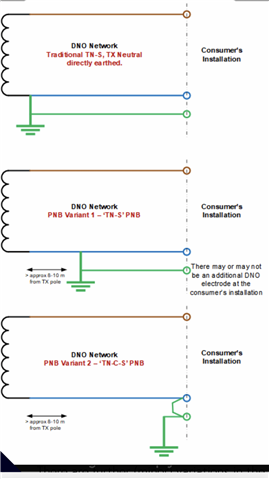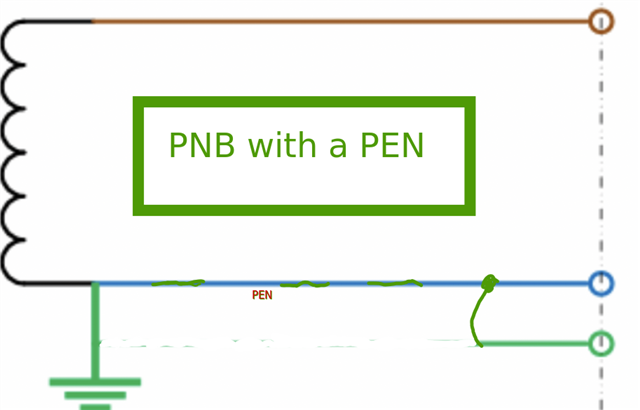Hi all. I am currently doing an Eicr for a large poultry site. There is 8 broiler sheds. These are chicken that are specially rared for meat production that we all end up eating. Now there is a 3 phase 200a supply tnc-s earthing arrangement. The tnc-s earth remains throughout the whole site. Section 705 of bs 7671 and reg 705.415.2.1 at bottom there is note saying that unless a metal grid is laid in the floor, the use of pme earthing facilities as a means of earthing for the electrical installation is not recommended. Looming everyone's thoughts on how you would code this on Eicr. Do u feel it needs changing and converting to tt. Converting to tt brings it own problems with upfront rcd which may give nuisance tripping and power is essential in high density poultry houses to keep ventilation and heating running. At certain stages of the birds life if power failure for about 30mins can end the lives of thousands of birds .

